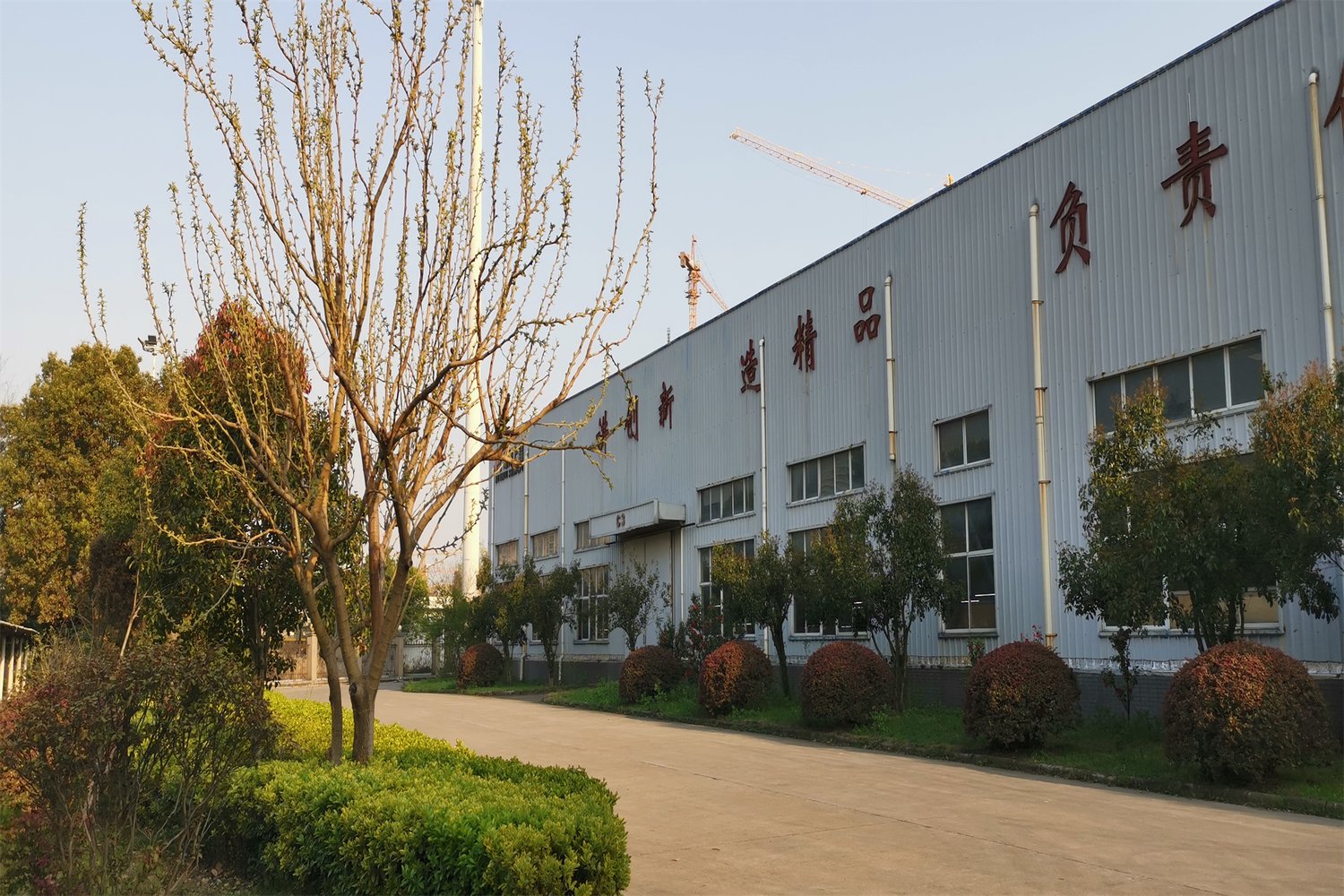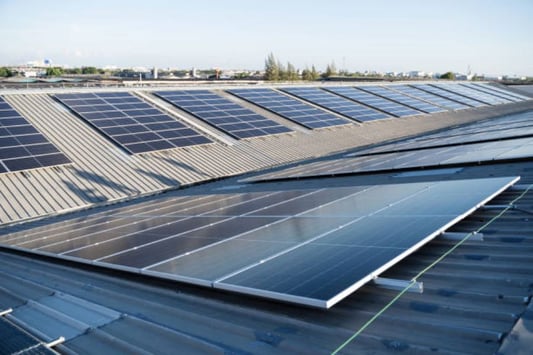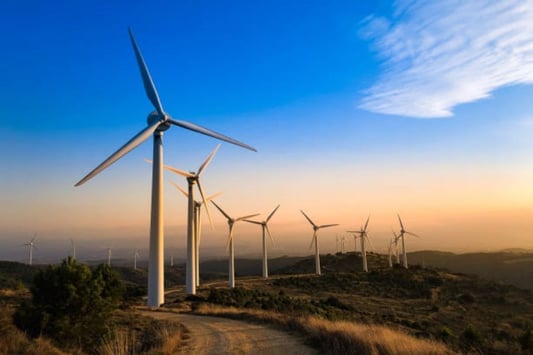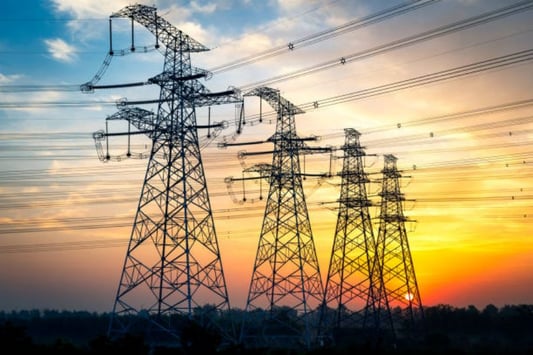The Importance of mc4 inline fuse connector in Solar InstallationsSolar panel installations require careful consideration of various components to ensure optimal performance, safety, and longevity. The MC4 inline fuse connector is an essential component that plays a critical role in ensuring the safe and efficient operation of solar installations. In this article, we will explore the various aspects of the MC4 inline fuse connector and its importance in solar installations.What is an MC4 Inline Fuse Connector?An MC4 inline fuse connector is a device used in solar panel installations to protect the system from electrical faults, such as overloading, short-circuiting, and overvoltage. It consists of two parts: the male and female connectors, which are joined together through a snap-on mechanism. The inline fuse is inserted between the two connectors, providing protection against electrical faults.How Does an MC4 Inline Fuse Connector Work?The MC4 inline fuse connector works by interrupting the flow of electrical current when a fault occurs. The inline fuse has a specific rating, which is determined by the maximum current that the system can handle. If the current exceeds this rating, the fuse will blow, and the current flow will be interrupted, preventing damage to the system. The MC4 inline fuse connector also provides protection against reverse polarity, ensuring that the system remains safe and efficient.Types of MC4 Inline Fuse ConnectorsThere are different types of MC4 inline fuse connectors available in the market, each with its unique characteristics and specifications. The type of connector selected will depend on the specific needs of the installation. Some common types include:Single Fuse Connector: This type of connector has only one fuse and is used in small-scale solar installations.Double Fuse Connector: This type of connector has two fuses and is used in medium to large-scale installations that require higher levels of protection.Triple Fuse Connector: This type of connector has three fuses and is used in large-scale solar installations that require the highest level of protection.Benefits of Using an MC4 Inline Fuse ConnectorUsing an MC4 inline fuse connector has several benefits, including:Protection: The inline fuse provides protection against electrical faults, ensuring that the system remains safe and efficient.Efficiency: The MC4 inline fuse connector helps to maintain the efficiency of the solar system by preventing overloading, short-circuiting, and overvoltage.Longevity: By protecting the system against electrical faults, the inline fuse helps to extend the lifespan of the system.Easy Installation: The snap-on mechanism of the MC4 inline fuse connector makes it easy to install and remove without the need for special tools.Installation Tips for MC4 Inline Fuse ConnectorsProper installation of the MC4 inline fuse connector is essential for its safe and efficient operation. Some tips to keep in mind during installation include:Make sure to select the appropriate type of connector based on the specific needs of the installation.Ensure that the connectors are properly aligned before snapping them together.Use the recommended tools to tighten the connectors to the appropriate torque.Make sure to follow the manufacturer's instructions carefully during installation.Where to Buy MC4 Inline Fuse ConnectorsMC4 inline fuse connectors are readily available online and in stores that specialize in solar installation components. It is essential to ensure that you purchase a genuine product from a reputable supplier to ensure its quality and reliability.ConclusionThe MC4 inline fuse connector is a critical component in solar panel installations, providing protection against electrical faults and ensuring the safe and efficient operation of the system. As such, it is essential to select and install the appropriate connector and follow the manufacturer's instructions carefully to ensure its optimal performance.Quote InquiryContact Us










